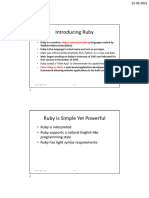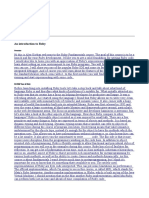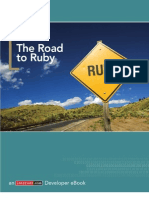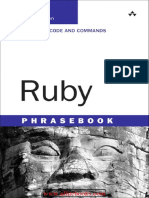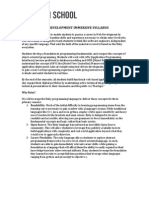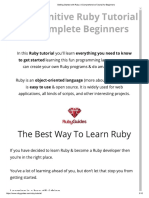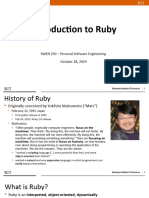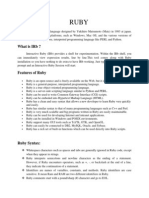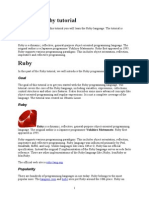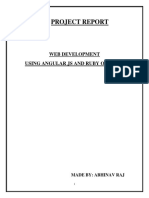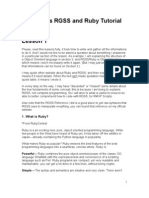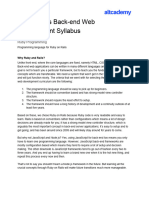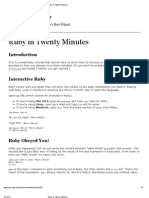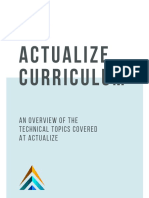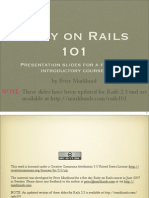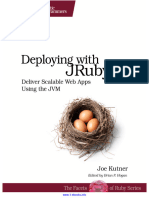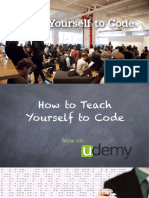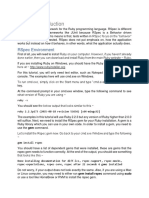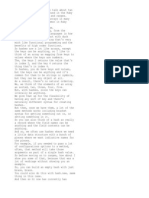0% found this document useful (0 votes)
79 views17 pagesRuby Programming for Beginners
This document provides an overview and introduction to a unit on structured programming and Ruby. It outlines the aims of the unit, which are to teach design and coding principles in a structured/functional framework. Ruby is introduced as the main programming language, which is object-oriented but will be used in a mostly structured way. Information is provided on installing Ruby, testing installations, and getting started with examples. The unit assessment involves completing tasks that build skills over time, with opportunities for feedback before final submission.
Uploaded by
Hoang Nguyen DucCopyright
© © All Rights Reserved
We take content rights seriously. If you suspect this is your content, claim it here.
Available Formats
Download as PDF, TXT or read online on Scribd
0% found this document useful (0 votes)
79 views17 pagesRuby Programming for Beginners
This document provides an overview and introduction to a unit on structured programming and Ruby. It outlines the aims of the unit, which are to teach design and coding principles in a structured/functional framework. Ruby is introduced as the main programming language, which is object-oriented but will be used in a mostly structured way. Information is provided on installing Ruby, testing installations, and getting started with examples. The unit assessment involves completing tasks that build skills over time, with opportunities for feedback before final submission.
Uploaded by
Hoang Nguyen DucCopyright
© © All Rights Reserved
We take content rights seriously. If you suspect this is your content, claim it here.
Available Formats
Download as PDF, TXT or read online on Scribd
/ 17









